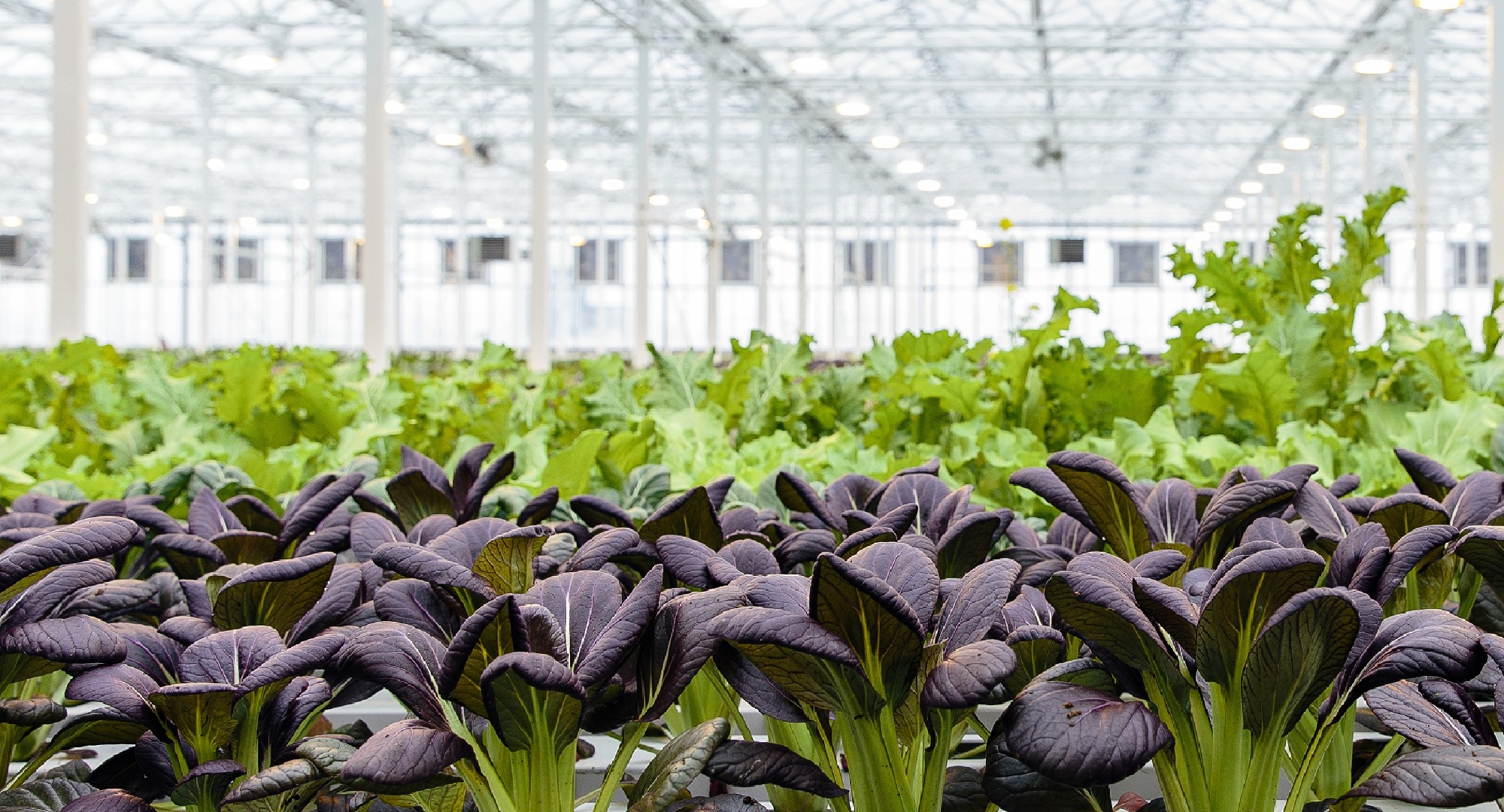Wavelength-selective Solar Photovoltaic System (WSPV) For Urban Rooftop Farming

.png)
KEY INFORMATION
Life Sciences - Agriculture & Aquaculture
TECHNOLOGY OVERVIEW
This technology offer helps to address the problems of global warming, food security crisis and energy crisis. With the increase in human population and rapid urbanisation, the change in weather patterns and increase in food demand has been inevitable.
One of the major concerns faced in Singapore, due to global warming, is the urban heat island effect. This occurs when urban areas in cities have a higher air, surface and soil temperature than rural areas. Initiatives for high-rise greenery has been put in place to help solve the problem. However, there has been problems with limited space and high maintenance cost for these greeneries.
Rooftop hydroponics farming is a possible solution to offset the running costs of rooftop greeneries or even generate profits for rooftop greeneries as it produces fresh produce, while simultaneously reducing the urban heat island effect. The reduction in urban heat island is due to a combination of green and blue body acting as a thermal buffer and contributing to the building sustainability (due to reducing in cooling costs).
This initiative addresses the constraints of limited land, as solar energy generators require large areas for photovoltaic panels to be laid. This technology offer aims to provide an integrated solution to this economic challenge for environmentally sustainable urban planning.
This Technology Offer is a luminescent solar concentrator that enables both power generation by photovoltaic modules, as well as efficient urban rooftop farming.
TECHNOLOGY FEATURES & SPECIFICATIONS
In rooftops where solar panels are used for power generation, real estate would be taken up by the solar panels, so farming cannot be done. If crops are placed under the solar cells to be grown, the growth rate will not be optimal due to the obstruction of sunlight by the solar panels. This technology features a luminescent solar concentrator (LSC) film with organic dye which converts wavelengths not used in photosynthesis (green and yellow) to the red wavelength used for photosynthesis. This film is placed under the matrix of solar cells, and can be used to optimise the growth rates of crops placed under the solar cell matrix, so that solar power generation and rooftop farming can co-exist together.
Know-how is also available to optimise the solar cell arrangement to maximise both solar cell power output and plant growth. The existing configuration has solar cell coverage of 54.1% which is able to maximise the amount of energy that could be harvested by the solar cells, and yet still ensure adequate light passing through the spacings between the solar cells to maximise the growth rate of the plants placed under the solar cells. This complete system is known as Wavelength Selective Photovoltaic (WSPV) system.
POTENTIAL APPLICATIONS
The wavelength-selective solar photovoltaic system technology is suited for the following:
- Urban food production with simultaneous solar power generation
- Controlled plants R&D
- Industries that are interested to improve crops growth
Unique Value Proposition
Customer benefits includes:
- Optimise crop’s yield, yet achieving solar power generation
- Space saving
- Energy saving
We are seeking industry partners to scale up, and to out-license the technology.
